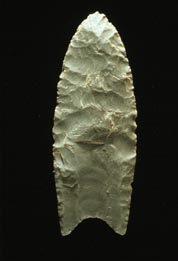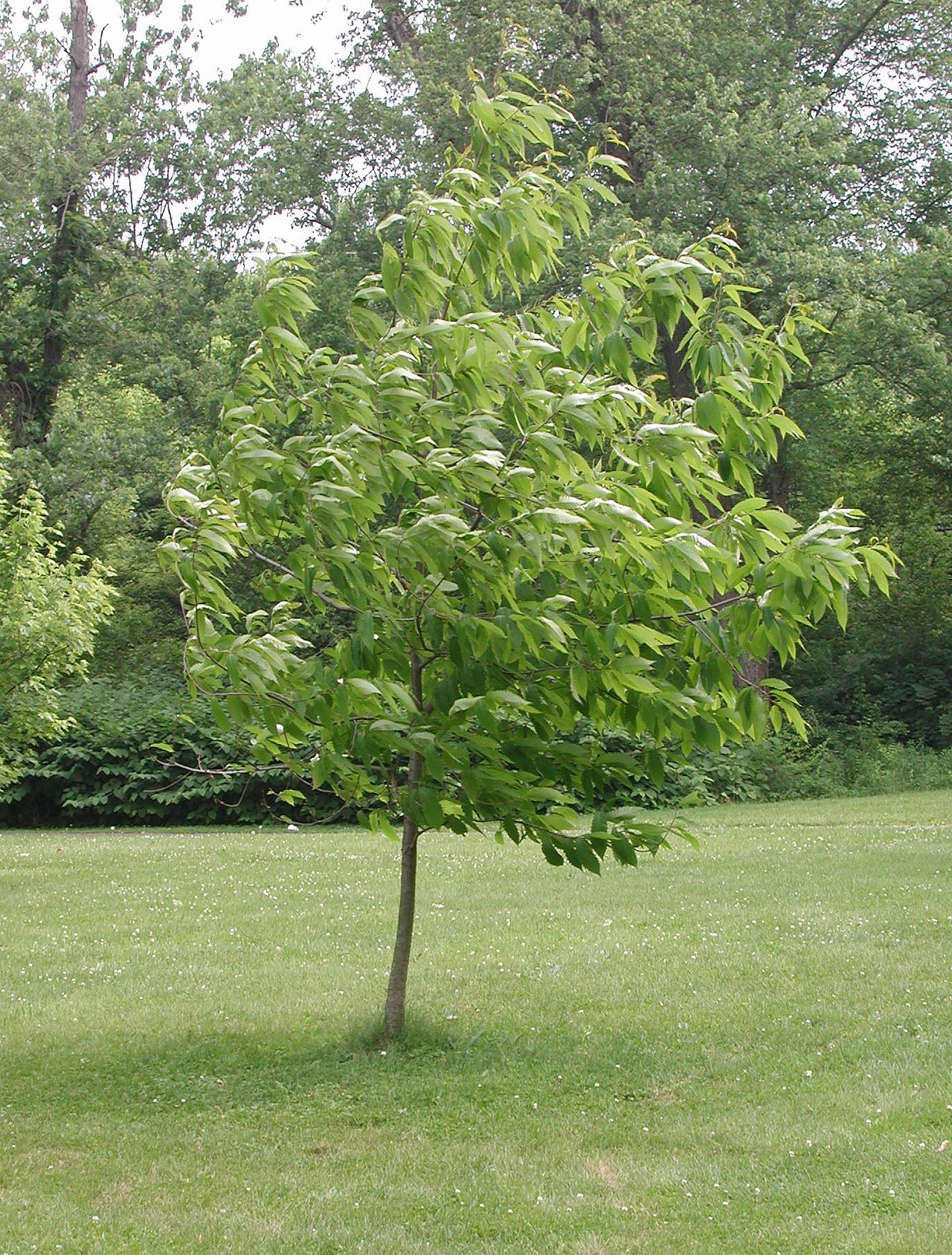Sharpe
2/28/2017
Roots in the Hills:
For this weeks reading, we had read chapter seven of the Mountains of the Heart by Scott Weidensaul. One of the things that stuck to me was his quote "the Appalachians have been changed by - and changed - the human cultures that sheltered among them" (pg. 166). To me it's hard to believe that culture has any kind of impact on the landscape. The main thing that influences the landscapes, is both natural, and for human needs. But I understand that geography does influence the culture of people, where the human race needs to adopt to their surroundings in order to survive and to continue.
Location of the Appalachian Mountains
(Author: Unknown)
Photo Location: http://mytravelphoto.org/mountain/38-appalachian-mountains.html
The first group of native Americans that Weidensaul mentions is the Clovis Culture, or simply just the Clovis. It was interesting that they got the named Clovis because of their "projectile points were first found near Clovis, New Mexico" (pg. 166). It is hard to imagine that the first evidence of native Americans in North America came new Clovis, New Mexico. Because I know that they originally came from Asia by crossing the Bering Land Bridge into what is today Alaska. You would think that the first evidence of native American past would come from Alaska, or western Canada.

Clovis Arrowhead
(Author: Unknown)
Photo Location: https://commons.wikimedia.org/wiki/File:Clovis_Point.jpg
Another interesting fact that I learned was how the Vikings had found their way to North America. Where the modern historians "know relatively little about the Viking colony at L'Anse aux Meadow" (pg. 174). It is surprising that a Viking group was able to colonize the new world. But the main issue is what happened to them? Where did they go?

Location of L'Anse aux Meadows
(Author: Unknown)
Photo Location: https://www.britannica.com/place/LAnse-aux-Meadows
Book Citations:
Weidensaul, S. (2016). Mountains of the Heart: A Natural History of the Appalachians. Golden, CO: Fulcrum Publishing.
Weidensaul, S. (2016). Mountains of the Heart: A Natural History of the Appalachians. Golden, CO: Fulcrum Publishing.








